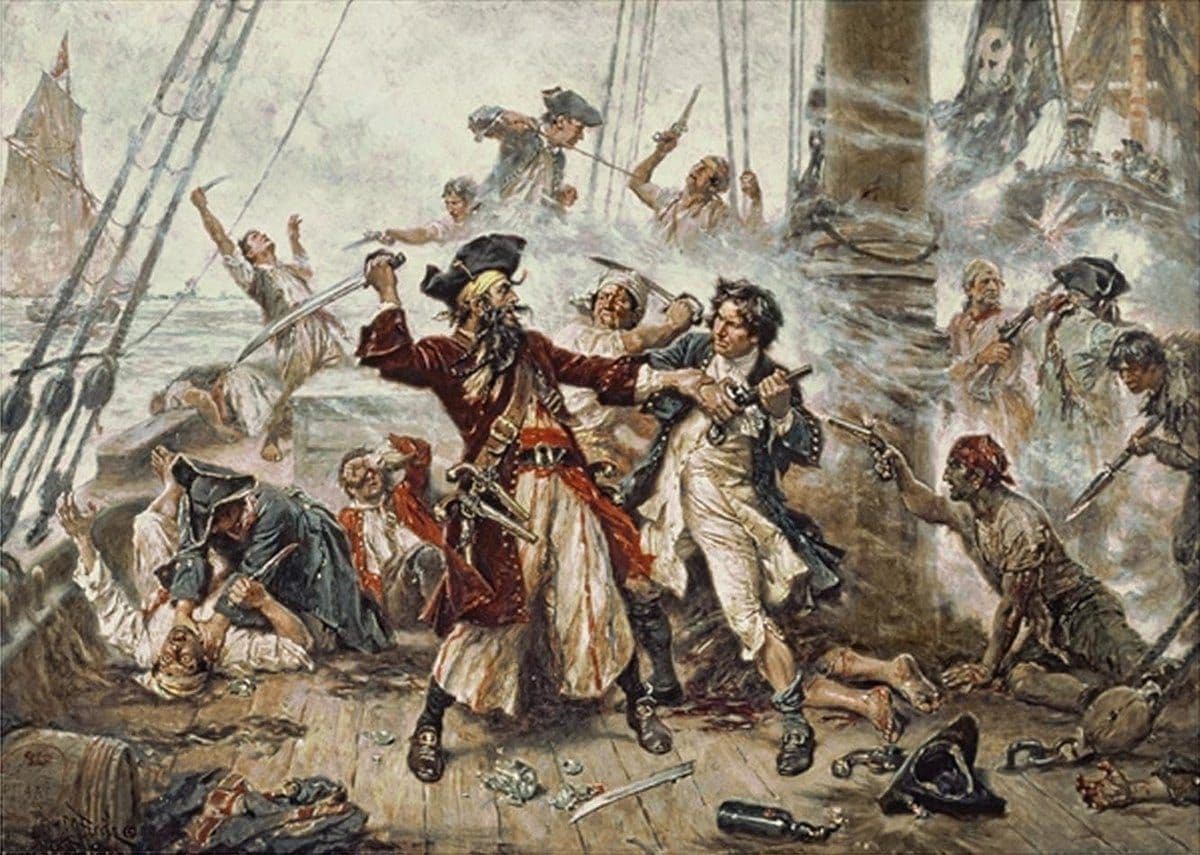
Editor's Note: Authoritarianism has ebbed and flowed through Western history, and in its more ascendant periods has always come a strong reaction. Rebellion. A journey to the borders and beyond. Welcome to the realm of the western pirate, namesake of this little island on the internet I write from. When Ryan McEntush pitched me a literary history of the phenomenon I had to say yes. It’s a beautiful, perfect Sunday read. Enjoy.
-SOLANA